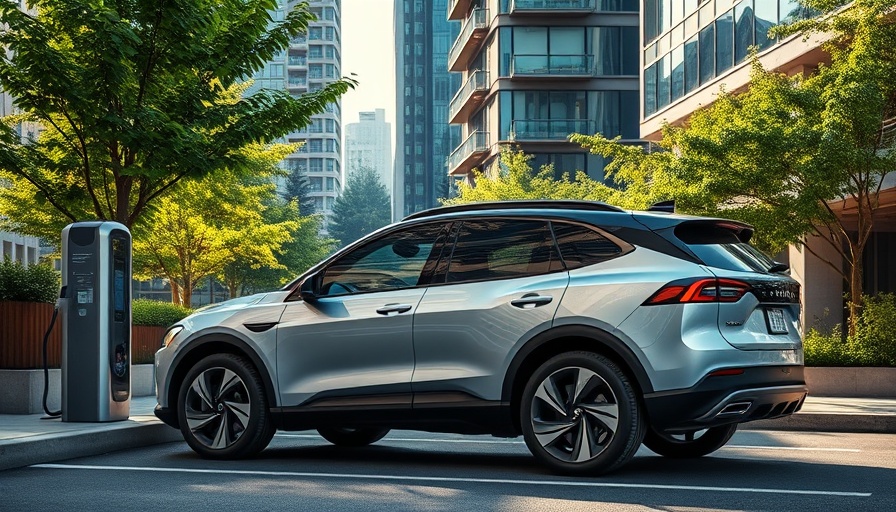
California Leads the Charge in Electric Vehicle Infrastructure
California has emerged as a front-runner in electric vehicle (EV) infrastructure, boasting an impressive count of charging stations that outnumber traditional gas pumps by 48%. As the push for greener transportation intensifies, the Golden State has installed approximately 178,549 public and shared charging stations compared to around 120,000 gas nozzles. This significant investment emphasizes California's commitment to clean energy and sustainable transport solutions.
Fast Chargers: The Need for Speed
While the numbers are promising, a stark reality persists; only 10% of California's chargers—approximately 16,971—are classified as DC fast chargers. These rapid chargers can provide over 100 miles of range in as little as 15 minutes. This speed is crucial for travelers and those who rely heavily on their vehicles for daily commutes. In contrast, the vast majority are Level 2 chargers that can take several hours to provide a significant charge, making them better suited for home installations where vehicles can charge overnight.
The Economic Boost of EV Adoption
The state is witnessing a remarkable shift towards zero-emission vehicles (ZEVs), with approximately 25% of new car purchases falling within this category. California’s EV market growth can be attributed to robust state policies, including a $1.4 billion investment plan aimed at developing the most extensive EV charging and hydrogen network in the country. Furthermore, a $55 million initiative is underway to install fast charging stations at businesses and public locations, enhancing accessibility for all drivers.
A Roadmap Towards Future Success
David Hochschild, Chair of the California Energy Commission, emphasizes the ongoing improvements aimed at enhancing the EV driver experience. As investments continue, the state focuses on expanding charging infrastructure in hard-to-reach areas, ensuring that all Californians can access fast, reliable charging options. However, it's important to consider how potential changes to federal incentives could impact the adoption rates of these vehicles.
Why This Matters for Consumers
Understanding the EV landscape is essential for consumers today, as the automotive market continues to evolve rapidly. With an increasing focus on electric solutions, consumers must stay informed about the availability of charging infrastructure, vehicle options, and potential impacts from legislative changes. Keeping abreast of these developments will empower buyers to make educated decisions about transitioning to electric vehicles and contributing to sustainable transportation efforts.
 Add Row
Add Row  Add
Add 




 Add Row
Add Row  Add
Add 

Write A Comment